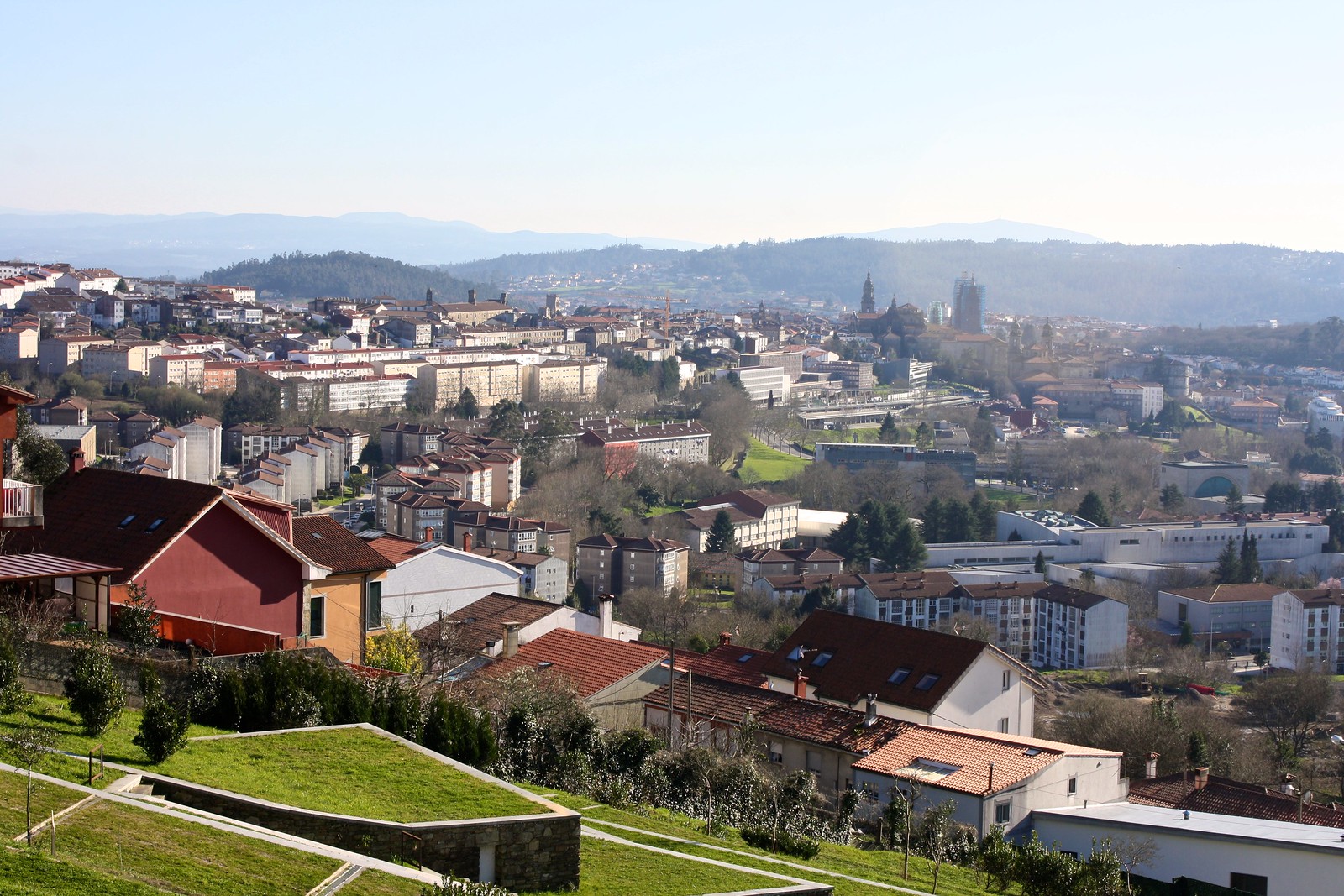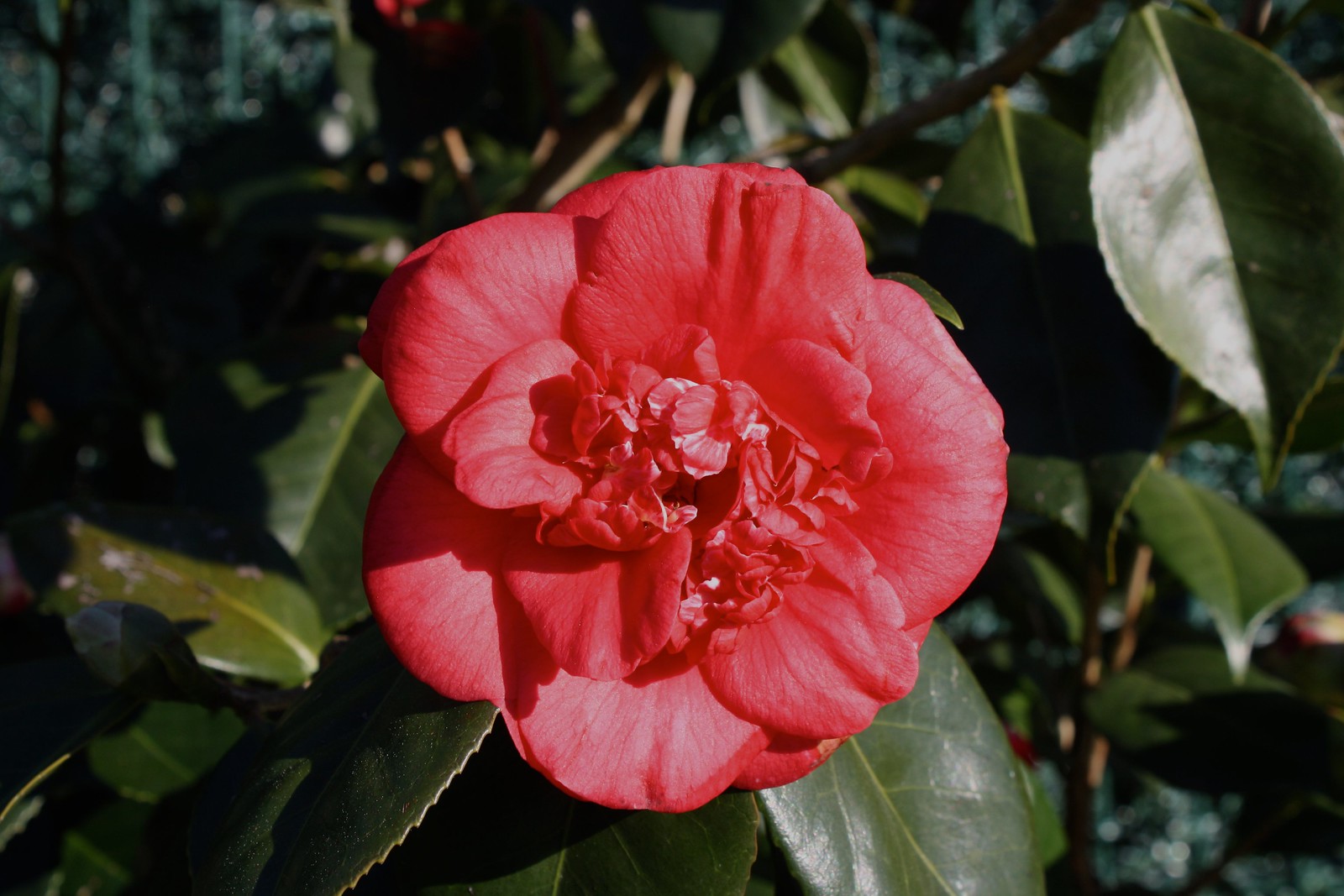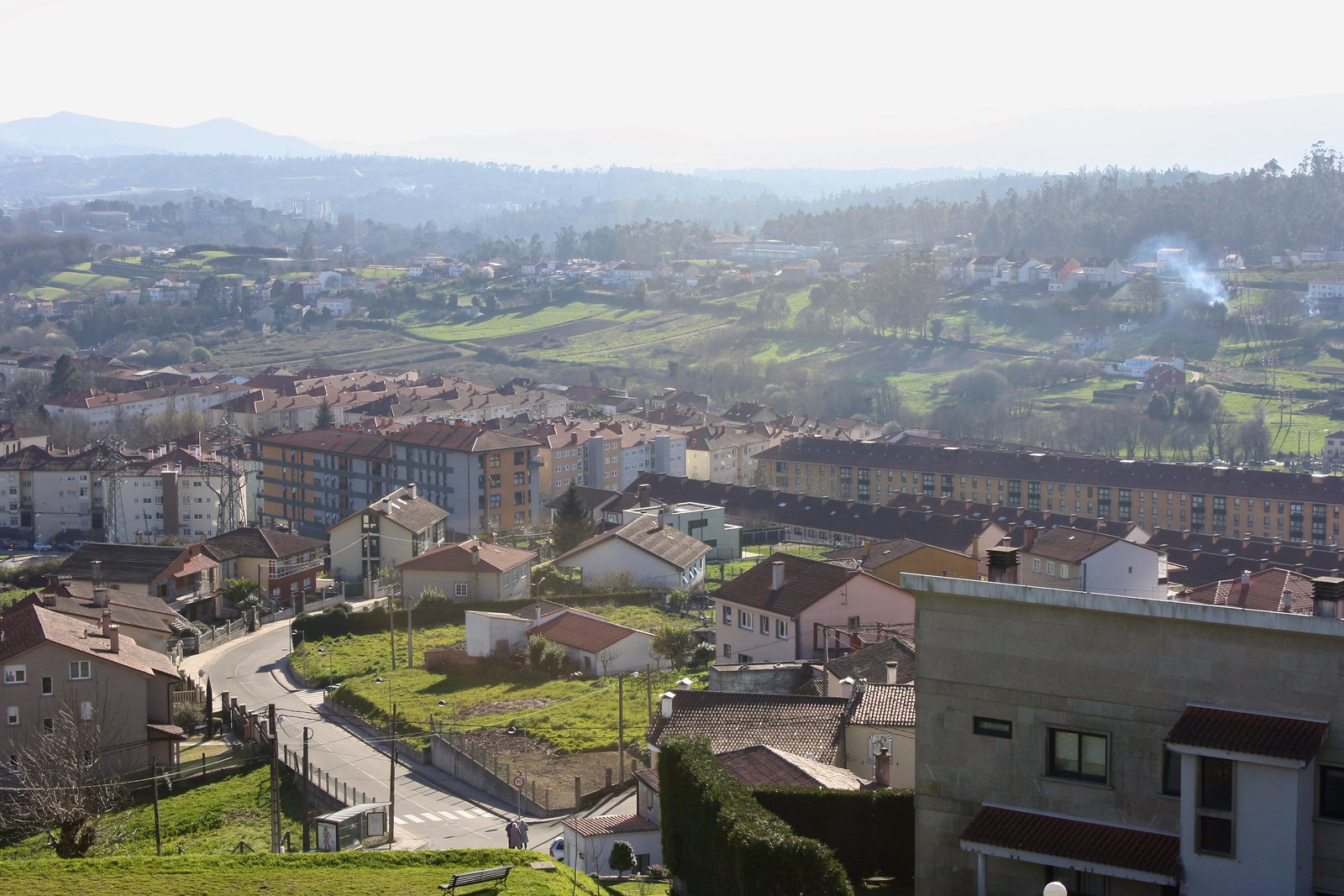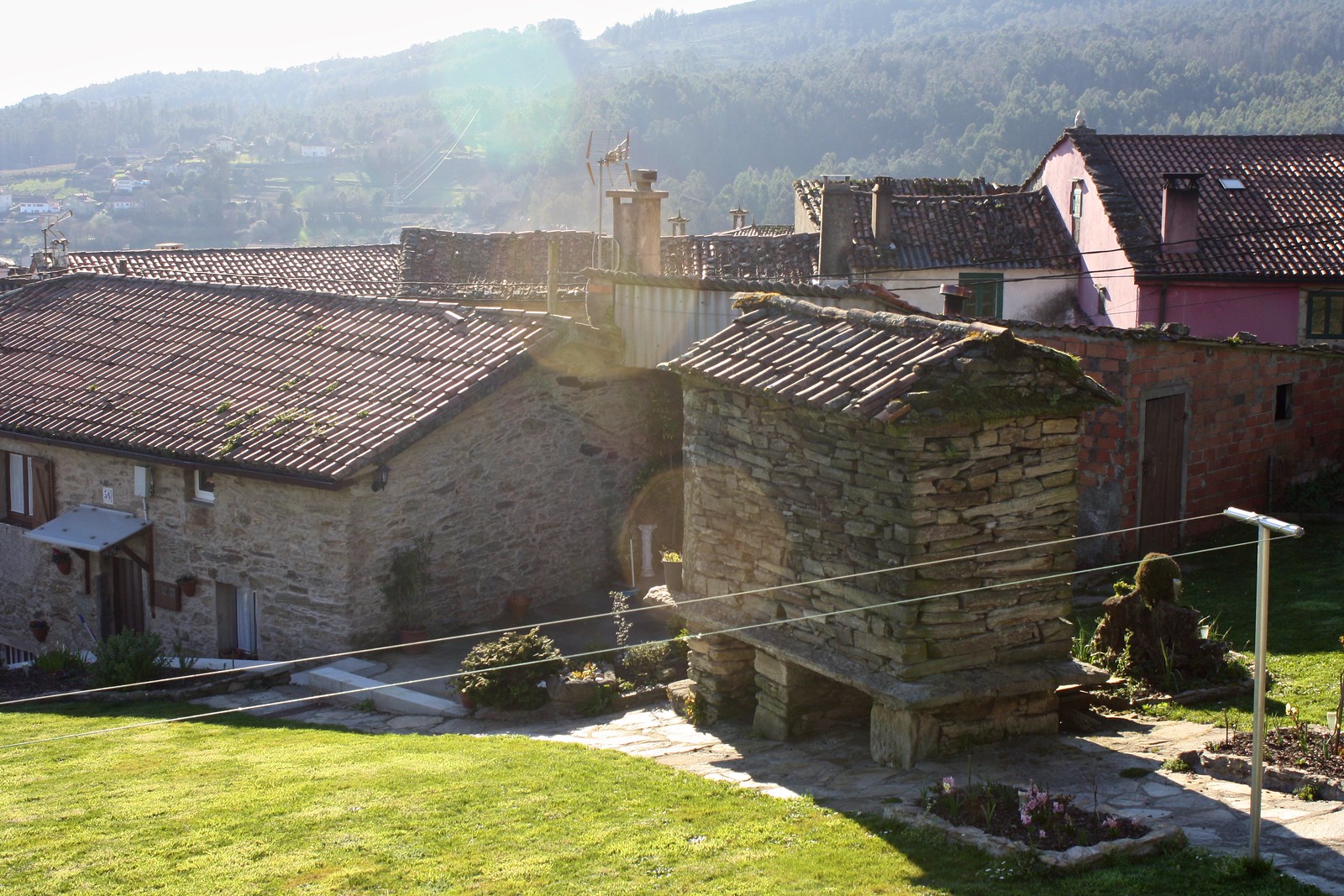Photo Post: Monte de Deus in Santiago de Compostela, Spain
 |
| Panoramic view of the city |
Santiago de Compostela may be the capital of Galicia and a bustling university town just shy of 100,000, but locals still often affectionately refer to it as a pueblo, a small town. And not without reason: you can walk to most any place in Santiago in around half an hour, a series of parks and greenbelts circle the old town, and despite the constant influx of tourists it’s not uncommon to run into people you know in all corners of the city.
 |
| Camellia in bloom |
You’re also never too far from the green Galician countryside, as you only have to walk 15 minutes from the built-up parts of town to get into rural areas where pine forests and family farms take over from apartment blocks and supermarkets. Nowhere is this more visible than from the Monte de Deus lookout point, just north of central Santiago. Called the “Mountain of God” for reasons I’m not clear on, Monte de Deus offers a unique, south-facing perspective that complements the more panoramic vistas you can get from up top Monte Pedroso and Monte do Viso.
 |
| The Vista Alegre neighborhood |
The countryside is always a great place to get away from city life. Out here, small, gray-and-white row houses give way to spacious mansions with gabled roofs, wrap-around balconies, and bright color schemes. You might see some cows or chickens grazing in fields, or even apron-clad abuelas tending to the potato crop. One thing to keep an eye out for are lavadoiros, public laundry houses where running water is pumped in to great basins with angled edges for washing clothes on. I’m sure the vast majority of Galician households today have running water and modern washing machines, but the authorities still keep these wash stations maintained as they have for years.
 |
| Public laundry house |
Another thing you’ll notice as you leave the city and head into the countryside up Monte de Deus are hórreos, small, rectangular stone or wooden structures used to dry corn after the fall harvest, built on stilts to keep rodents out. These traditional corncribs are a typical sight in rural Galicia and have been used for centuries to store food. Head down the hill from the mountaintop lookout point, though, and you’ll soon be surrounded again by pilgrims, cafés, and monumental churches.
 |
| A stone hórreo |
What was your favorite photo from this post? Did you know that people still use public laundry facilities in modern Galicia? Tell me your thoughts below in the discussion thread!
